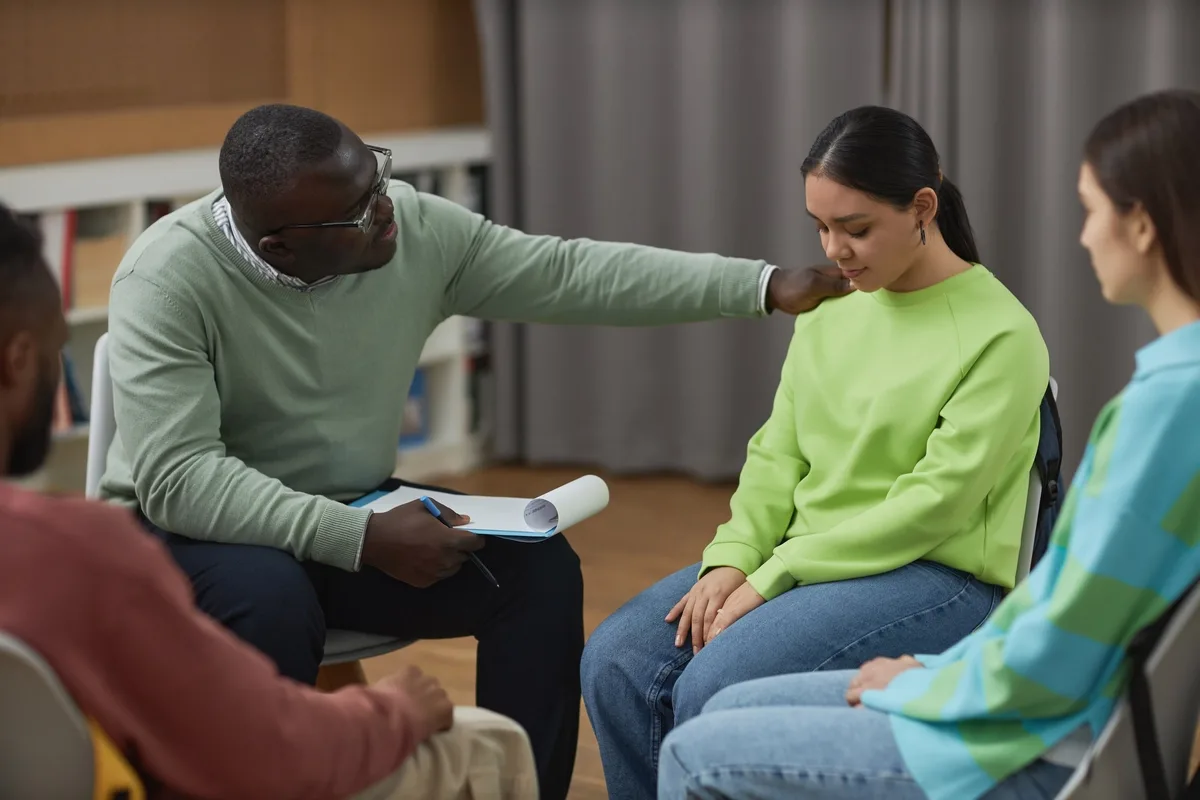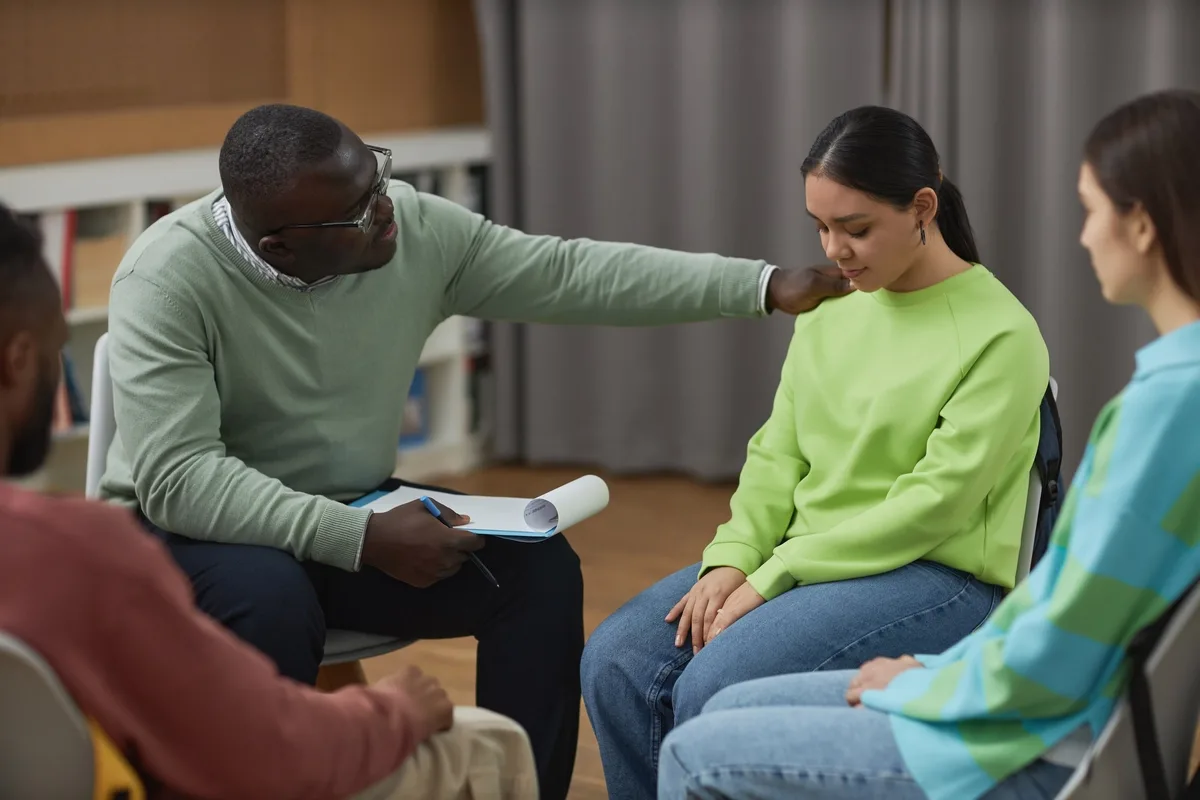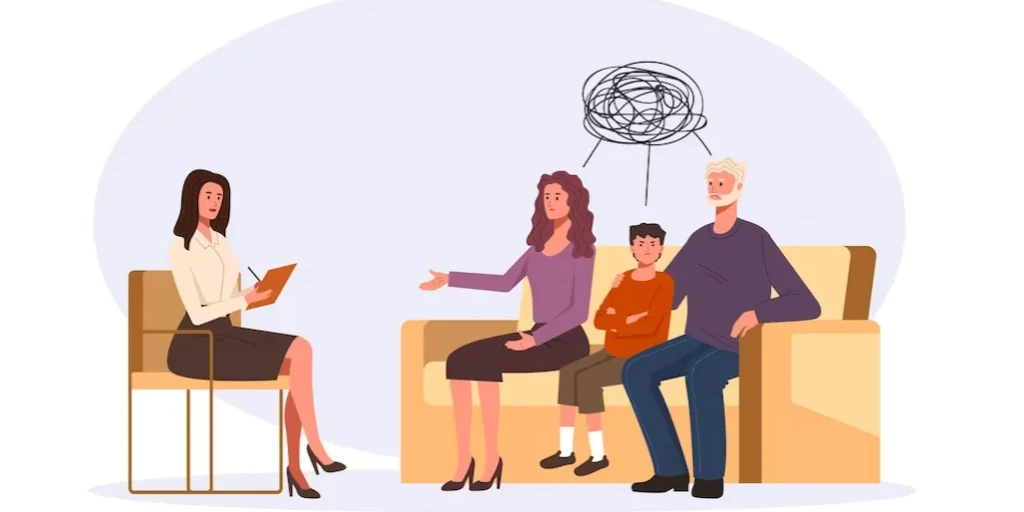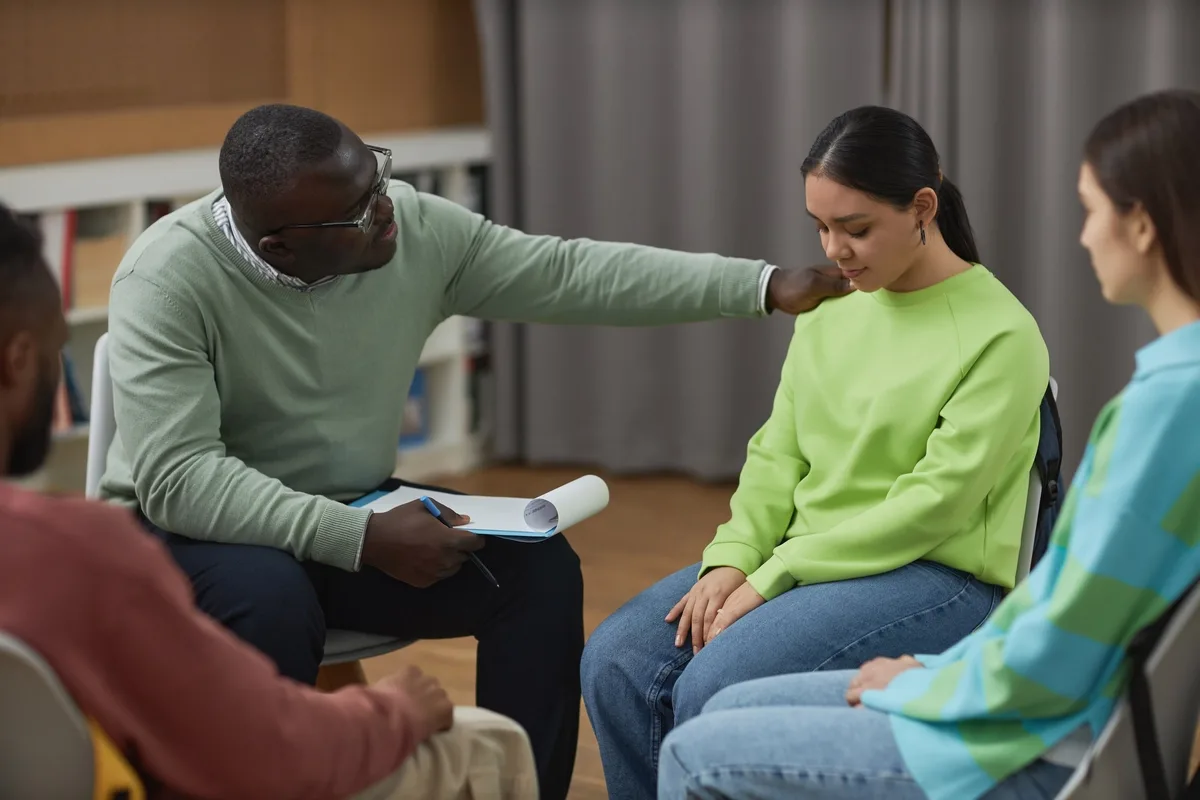24/7 Helpline:
(866) 899-221924/7 Helpline:
(866) 899-2219
Learn more about Inpatient Rehab centers in Greenlee County

Other Insurance Options

ComPsych

State Farm

Medical Mutual of Ohio

Magellan

Ambetter

Amerigroup

Sliding scale payment assistance

Private insurance

Group Health Incorporated

EmblemHealth

MHNNet Behavioral Health

Meritain

Health Partners
Beacon

Magellan Health

Highmark

Optum

Ceridian

Lucent

Optima

Southeastern Arizona Behavioral Health
Southeastern Arizona Behavioral Health, located in Clifton, Arizona, is a behavioral healthcare and ...

Iroquois Mental Health Center – Family Medical Center
Iroquois Mental Health Center is a non-profit community mental health center that provides a complet...

BlueCrest Recovery Center
BlueCrest Recovery Center stands as a CARF-accredited substance abuse treatment center in Woodland P...

Clifton Counseling Services
Clifton Counseling Services is a private rehab located in Clifton, New Jersey. Clifton Counseling Se...

Palmetto Carolina Treatment Center
Located in Duncan, South Carolina, Palmetto Carolina Treatment Center offers drug rehab Services thr...

Arizona Counseling and Treatment Services
Arizona Counseling and Treatment Services, located in Clifton, Arizona, provides mental health treat...

Alpha Center Psychological Services
Alpha Center Psychological Services is a private rehab located in Clifton, Colorado. Alpha Center Ps...

SERV Behavioral Health System – Clifton
SERV Behavioral Health System – Clifton is a private rehab located in Clifton, New Jersey. SERV Beha...

Mental Health Clinic of Passaic – Clifton
Mental Health Clinic of Passaic – Clifton is a private rehab located in Clifton, New Jersey. Mental ...

Center for Family Resources
Center for Family Resources is a private rehab located in Clifton, New Jersey. Center for Family Res...

A Anxiety and Depression Associates
A Anxiety and Depression Associates is a private rehab located in Clifton, New Jersey. A Anxiety and...

Jim Taliaferro Community Mental Health Center – Duncan Satellite
Jim Taliaferro Community Mental Health Center – Duncan Satellite is a public rehab located in Duncan...

Youth Services
Youth Services is a private rehab located in Duncan, Oklahoma. Youth Services specializes in the tre...

Serenity Recovery Solutions
Serenity Recovery Solutions is a private rehab located in Duncan, OK. Serenity Recovery Solutions sp...


























